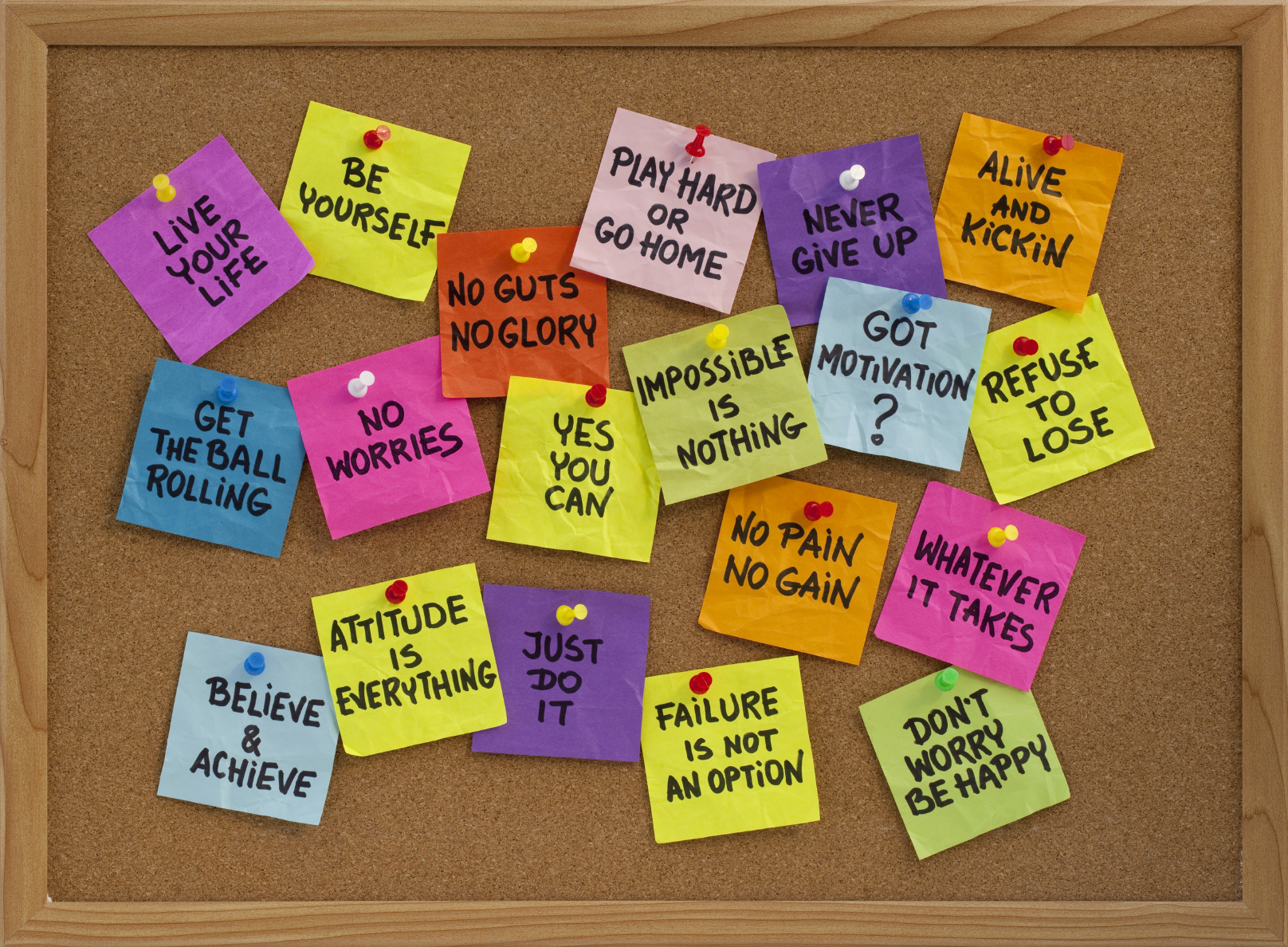Reading Don Norman’s reflections on the “psychopathology of everyday things” immediately pulled me back to my first-year CADT course on redesign. Professor Geffredo Puccetti. In the course we studied the idea of a “nudge” which is basically a subtle element that steers users in the right direction without needing explicit instructions. It is a simple yet powerful thing to have in a design. Norman’s principles of affordance and signifiers echo this beautifully. He reminded me that design should make the right action feel almost self-evident, sparing users from the awkward trial and error of guessing.
I see this all the time in everyday spaces. At NYUAD, the plain steel strips on push doors are a perfect example. Without a single word, they tell you what to do. Yet, recently, they pasted “push” and “pull” stickers on doors, a sign of design overcompensating for its own ambiguity. Digital design isn’t so different. Minimalist interfaces often leave users hunting for functionality, hiding navigation behind icons. Sometimes I find myself clicking around blindly, wondering if something is interactive or just static.
Norman’s framework helps me think through why. Affordances, like shading, button shapes, or a small animation hint at what’s possible and invite us to try. Signifiers like a microphone icon or a heart symbol work almost instinctively, cutting down the need for extra instructions.
But the rise of minimalism has complicated things. I think often of the infamous “Kim Kardashian sink”. A perfect example of how design can privilege beauty over usability. The sink looks striking, but newcomers can’t figure out how to use it. I’ve had similar frustrations with everyday objects, like awkwardly designed shopping baskets that seem almost painful to the human hand. Having the handle in the middle makes it uncomfortable to carry and increases the probability of things falling out. This is a clear example of poor design.
For me, that tension between minimalism and intuitiveness is the heart of the matter. Designers are often tempted towards beauty, but at the expense of comfort and clarity. I’ve realised that the best designs aren’t the ones that impress me visually at first glance but the ones that quietly work. In this course I would try to implement buttons which clearly indicate they are to be pressed by a simple shadow or glow effect. I would prioritise intuitive and visual cues, making every function discoverable, understandable, and, ideally, a little delightful. I would also follow a key for instance, all glowing objects are interactable and all the non-glowing ones are static. Have icons to demonstrate power ups and add a visual animation to add a signifier. Overall, I hope these changes add simplifies discoverability and understanding.

